The leaden sky above Big Sur looks as uninviting as cold oatmeal, the temperature is about 40, and tracing lazy circles on an updraft is a kettle of California condors. Wings fanning out at the tips like splayed fingers, the enormous creatures have whirled gracefully over Julia Pfeiffer Burns State Park for hours, now and then giving a couple of deep flaps. “Every time I spot a condor, it’s like I’m seeing one for the first time,” says Joe Burnett, a senior biologist with the Ventana Wildlife Society in Monterey and program manager for the California Condor Recovery Program. “I’m like, ‘God, I didn’t know there was a bird this big that still existed!’” Through his binoculars, the vultures’ fearsome appearance—fleshy heads, spiky ruffs, flame-red eyes—makes them seem enigmatic and prehistoric, as if they were designed by a committee of paleontologists.
Burnett has monitored Big Sur’s flock since Ventana—the only nonprofit in the state that prepares captive-bred condors for life in the wild—began releasing the rare, imperiled raptors in these canyons 24 years ago. “They have similar traits to us,” he says with a rueful chuckle. “They’re slow breeding, very social, and can live about 80 years, though they average about 60. Sounds like I’m talking about a mammal, not a bird, but that’s why I love working with them.”
As we clamber up a trail on Marble Peak, Burnett spies a condor roosting in a tangle of branches atop a ponderosa pine. A spectacular bird with a wingspan of almost ten feet, it stands there puffing out its chest like a best-actor nominee on Oscar night. Suddenly, we’re eclipsed by the shadow of another condor soaring overhead. “I think they purposely track their shadow on the ground,” Burnett says. “They’re marking you in a way, giving you a heads-up that they know you’re here and that they can fly and you can’t. It happens so often that I’m almost convinced that they are just monkeying with us.”
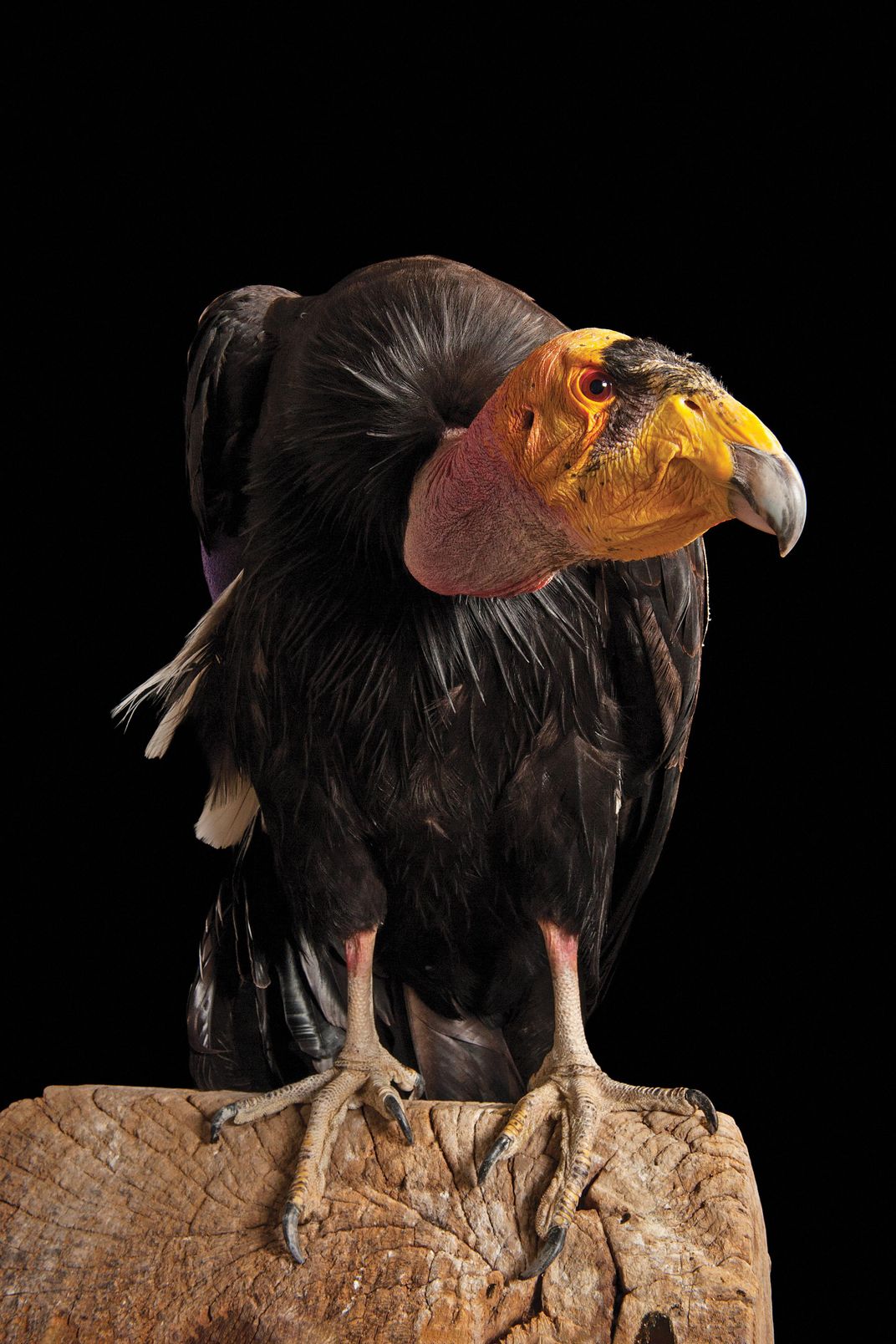
Which would be fitting: For hundreds of years we’ve been monkeying with them. Of all that human monkeying, perhaps none inflicted more harm on condors than the wildfire, set by an arsonist in an illegal marijuana grow, that swept through Ventana’s 80-acre condor sanctuary last August. The so-called Dolan Fire, which consumed 125,000 acres along the Big Sur Coast and injured 19 firefighters, incinerated pens, razed the research building and displaced the 101 free-flying birds that the organization tracks.
For two tense weeks biologists were cut off from the preserve, keeping tabs on survivors by electronic transmitter. When the sanctuary was deemed safe to re-enter, Burnett confirmed his suspicions: 11 condors had died, including two chicks in nests. “Because the chicks were only a few months old, the size of chickens but still covered in down, they were too young to fly and escape the fire,” Burnett says. Another condor, an adult, had suffered severe burns to its beak, legs and crop, and underwent multiple surgeries. It was euthanized in January.
In Burnett’s eyes, any loss of condors is a setback. But this setback was personal. “From the time you’re a student, you’re told not to get emotionally involved with your study animals,” he says. It’s a scientific posture that sounds easy but can be difficult to maintain. “You spend decades watching them rise in the social hierarchy. Then their world changes in an instant and breaks your heart.” The words hang in the air. “Still...still...devastating as the wildfire was to our program, the deaths paled in comparison to the scores of condors we’ve lost over the years to lead poisoning.”
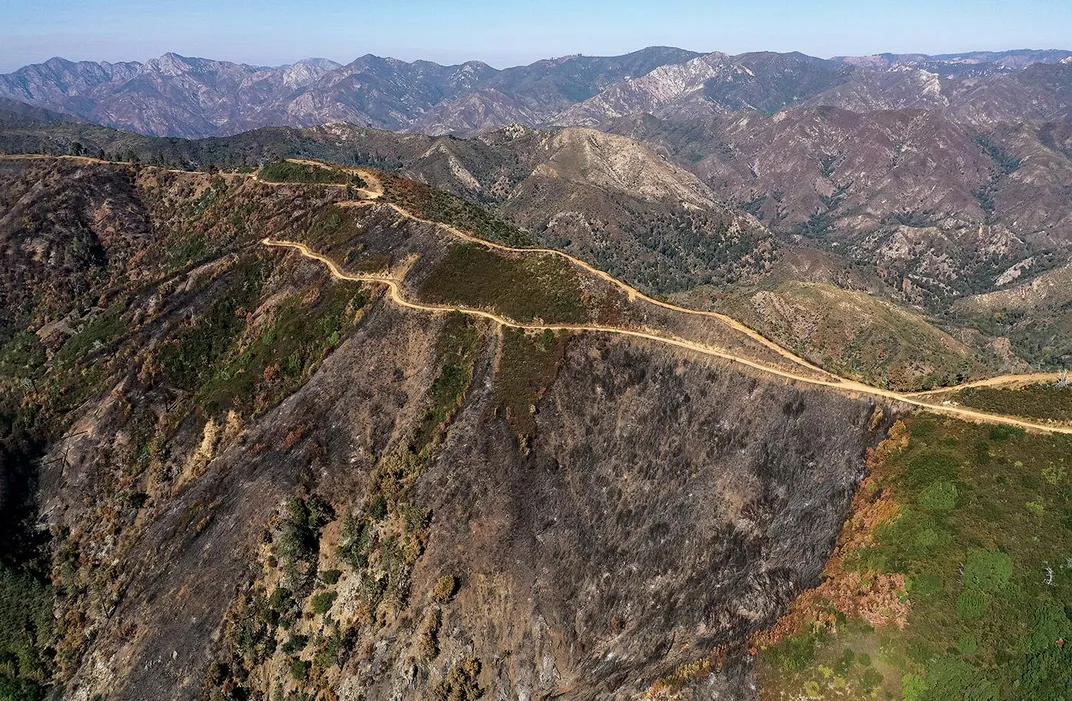
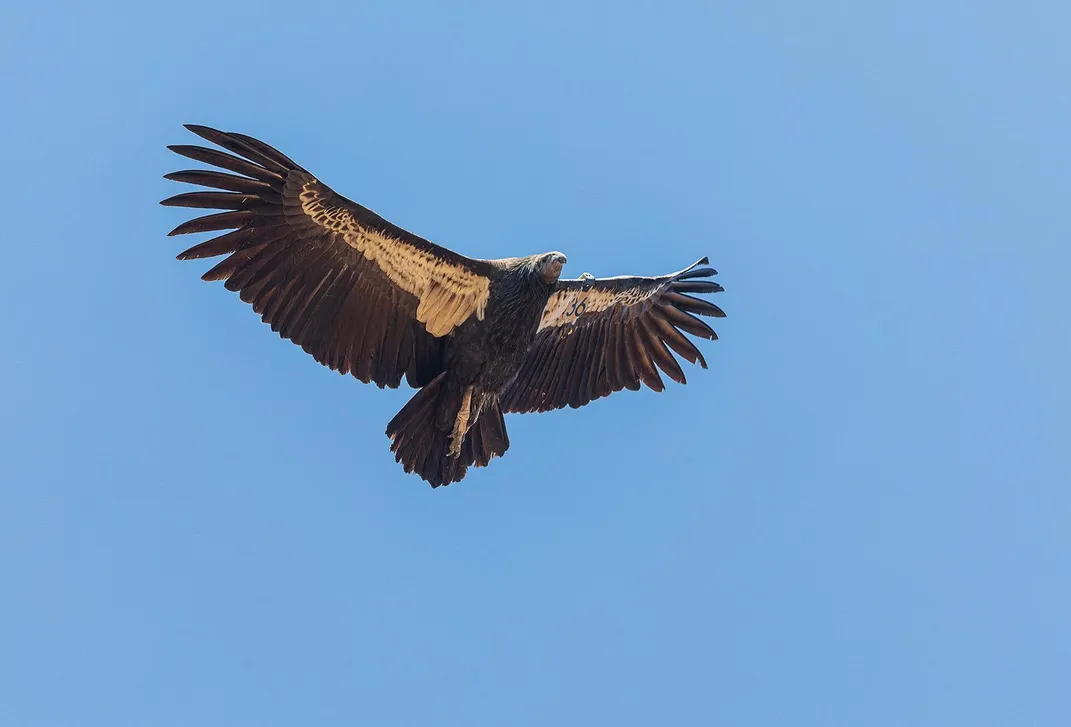
Only recently did he realize that the primary source of that poisoning was something he and his staff had overlooked or not even really questioned.
* * *
The Elvis Presley of endangered species is how John Nielsen, a journalist specializing in environmental subjects, has described the largest land bird flying over North America: “It does a wicked mating dance and eats colossal meals. And, it’s not really dead.” Like the King, condors are beautiful and grotesque; revered (by the Navajo) and despised (by sheepherders and cattle ranchers, who grumbled about them as you might about cheeky puppies that messed up your house). “Condors are more American than any bird, even the bald eagle,” Burnett says flatly. “Like the settlers of the frontier, they’re resourceful and resilient.”
More than 60 million years ago, fossil records show, a condor-like bird existed in what is now Texas. By the 1600s, when Europeans arrived in North America, the range of the condor is thought to have extended all along the continent’s coastline, from British Columbia through Baja California, along the Gulf of Mexico and northward from Florida to New York. But wanton shooting and poisoning destroyed flocks, and the fur trade reduced seal, otter and sea lion populations, which decimated the carrion-eating condor’s main food source—marine mammal carcasses. By the mid-20th century, roughly 150 condors remained, their territory reduced to two mountain chains—Traverse Ranges and the southern Sierra—in California and the plains between.
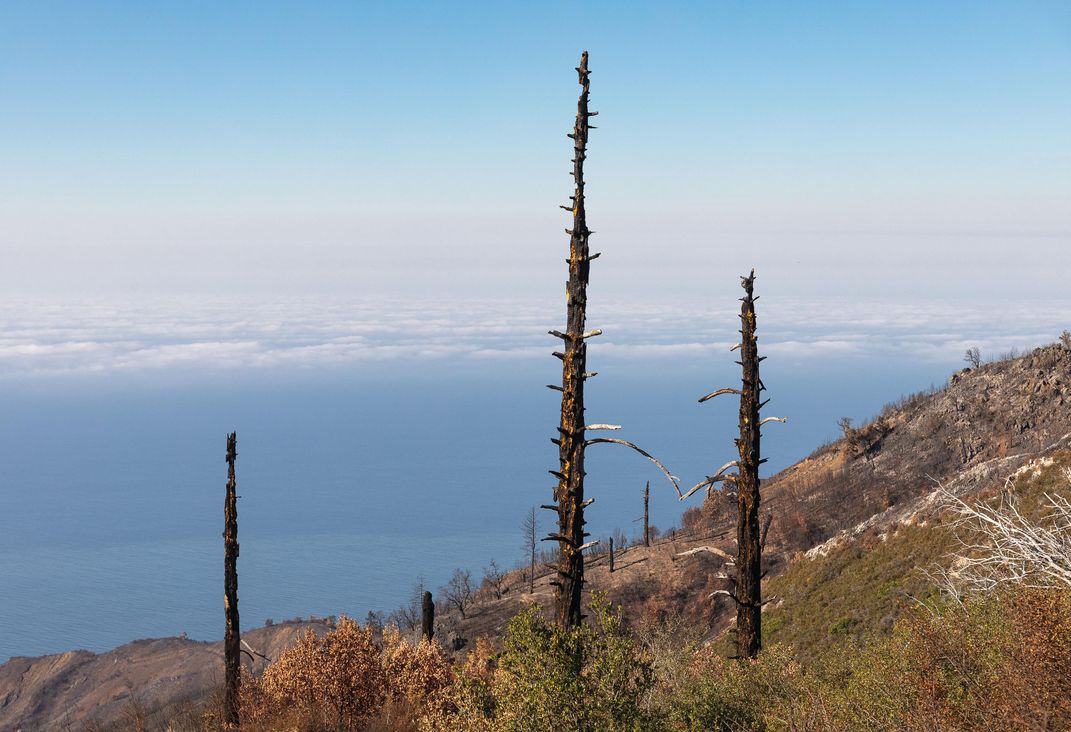
In 1953, the state’s Department of Fish and Game made it unlawful to “take” condors; 14 years later, the bird was included on the nation’s first federal list of endangered species. Despite these and other safeguards, condor populations continued to decline, a victim of habitat depletion, collisions with power lines, eggshell thinning from the pesticide DDT and ingestion of every type of micro-trash from bottle caps to pull tabs.
By far the biggest cause of death was spent lead ammunition, which the birds consumed when scavenging carcasses or gut piles left by hunters. The scattered lead fragments paralyze the birds’ digestive tracts. “The condors lose the ability to push food through,” says Burnett. What results is a kind of leisurely torture: malnutrition, dehydration and neurological shutdown.
Condor deaths from lead poisoning spiked in the mid-1980s, in spite of a recovery program begun in 1975. The number of condors in the wild tumbled to a mere 22. With the birds facing oblivion, a debate ensued between wildlife officials, who believed emergency action was needed, and some environmentalists—among them, the head of the prestigious Audubon Society—and members of the Chumash tribe, who argued that the great birds, rather than be dependent on human breeders and “shamed” with captivity, should be allowed to soar into dignified extinction.
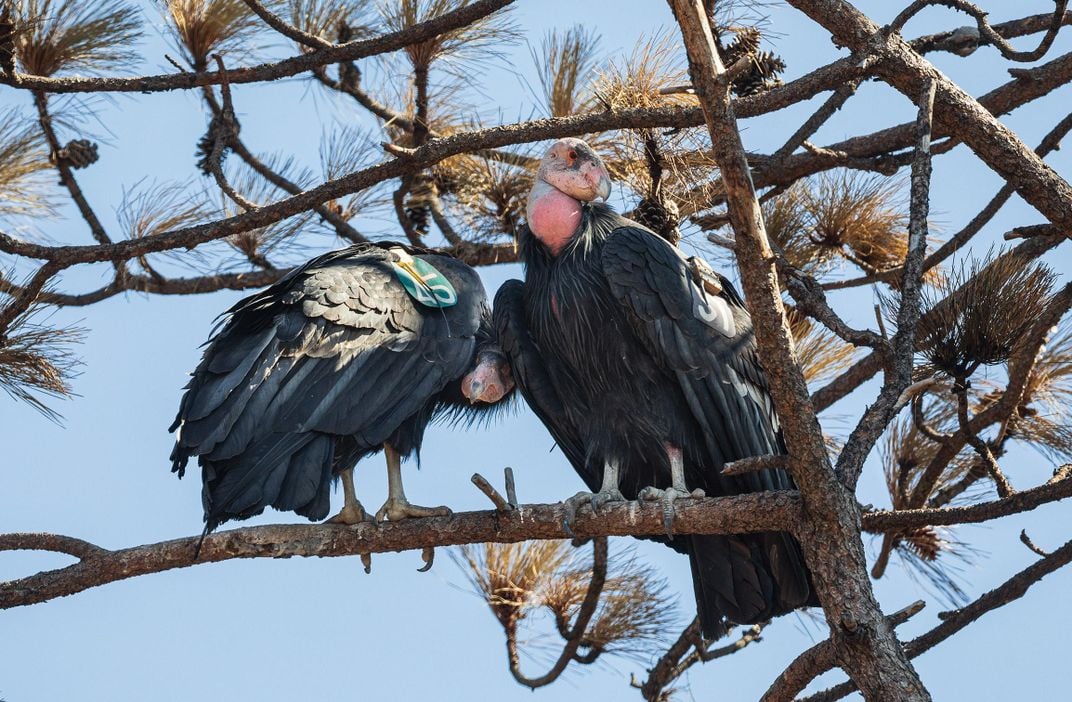
At the crisis point, in 1987, the U.S. Fish and Wildlife Service stepped in and launched an ambitious, if pricey, conservation scheme to round up the entire population and breed condors exclusively in captivity. Biologists working at the conservation centers at the Los Angeles Zoo and the San Diego Zoo Wild Animal Park (now called the Safari Park) were left to coordinate a recovery program that, it was hoped, would increase condor numbers and maximize genetic diversity. In their enclosures, the birds would be safe to reproduce, and their progeny would later be released within their ancient territories.
Though some environmentalists predicted cataclysmic failure, the captured birds bred successfully. In 1988, the San Diego Zoo announced the arrival of Moloko, the very first condor to be conceived and hatched in captivity. The local press dubbed the chick the “$20 million baby,” since by then the project had cost that much in public and private funds—about the price of an F-16 fighter jet. Burnett considers the epithet a cheap shot: “How much is too much when you’re trying to save an entire species?”
The first captive-bred condors were set free in 1992. But attempts to introduce the offspring to California skies foundered on what Burnett calls a “lack of cultural knowledge”—condor culture. “Their high mortality rate was largely the result of not knowing how to behave. All the pampering had made them overly familiar with humans. They had to be taught to act like their parents and fear us.” Imprinting is the biological phenomenon that refers to a critical period early in an animal’s life when it forms attachments and develops a concept of its own identity. To reduce chances of chicks imprinting on people and to foster socialization with other condors, the babies were fed and preened by condor-shaped hand puppets. Fledglings were taught to avoid high-tension power lines—their size made them more vulnerable to electrocution than smaller birds, because they were more likely to touch two live electric cables at once—with the help of aversion training. The young condors got mild shocks from hot-wired training towers, placed in their pens. But while this conditioning reduced the tendency of puppet-reared condors to land on utility poles, the birds didn’t seem any more wary of humans or civilized landscapes. Which perhaps explains why puppetry-rearing, though still a critical tool, is no longer widely used.

The sex lives of condors are murderously slow. Mating doesn’t begin until age 6 or 7, and females in the wild typically lay only one egg every two years. So zookeepers developed a shell game called double-clutching. To induce the birds to mate again, they confiscate a newly laid egg from a nesting condor pair and have a captive pair foster it. The birth parents usually produce a replacement egg, thereby doubling production. Eventually, wildlife biologists succeeded in getting condors to reproduce in the wild. In 2003, the first nestling fledged outside of an aviary since 1981. The birds gradually expanded their range to Idaho and Mexico’s Baja Peninsula, and by 2008 more were flying free than in captivity for the first time since recovery efforts began.
Last summer, after California implemented a statewide ban on the hunting of all wildlife with lead ammunition, condors appeared in Sequoia National Park, where they hadn’t made their home in half a century. At last count, there were 532 condors in the United States, 330 of them free-flying and 202 captive. Though the rescue mission has been hailed in conservation lore as a great victory, Burnett, the realist, says, “It’s a success, but a qualified one.” The survival models he uses, based on the current lead-exposure mortality, suggest that condors in the wild likely can’t tolerate a yearly loss of more than 10 percent. Without human cosseting, he says, they would easily surpass that death rate. “What it comes down to is how many birds are annually being produced in nests versus how many die. At this point, more die. California condors are still not self-sustaining.”
* * *
Burnett, who’s 50, was born in Alexandria, Virginia, the son of a police detective. “My dad retired as a range officer, teaching rookies how to shoot,” he recalls. “That was, no pun intended, my first exposure to lead.” When he was 9, his family moved near Shenandoah National Park. He remembers tracking white-tailed deer in the Blue Ridge Mountains with his old man, but getting distracted by red foxes and red-tailed hawks and pileated woodpeckers. “Hunting was pretty boring compared to everything else that was going on in the woods,” Burnett says.
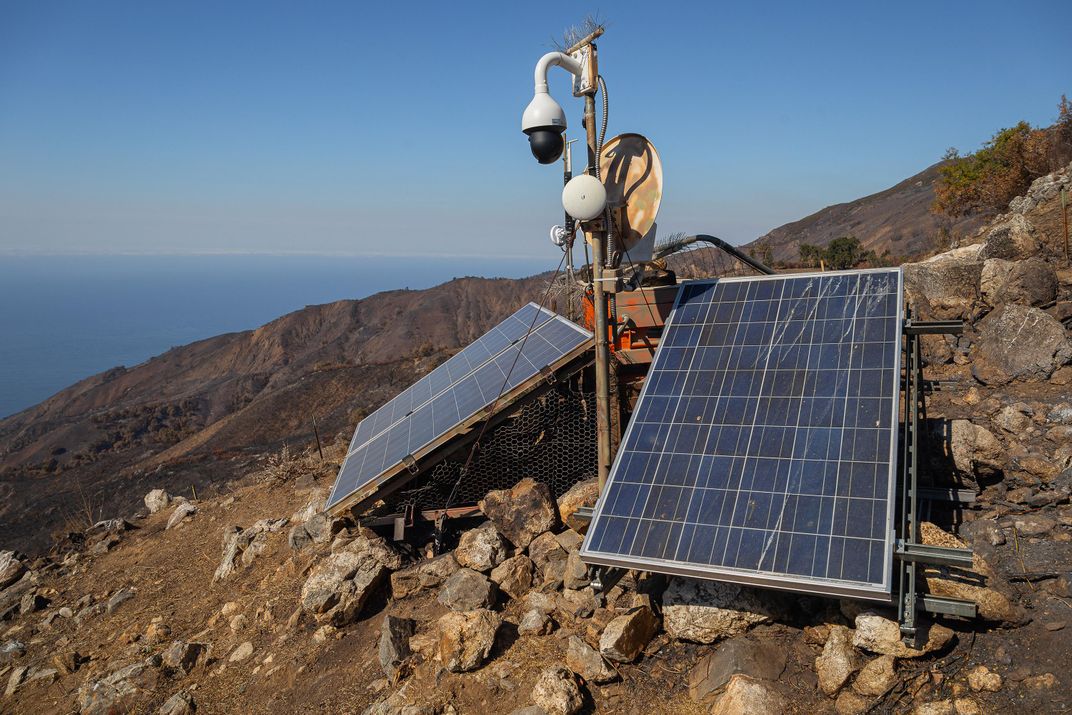
At West Virginia University, he majored in wildlife biology and management. A classmate named Kelly Sorenson told him about an internship offered by Ventana to reintroduce bald eagles to the central California coast. During the summer of 1993 Burnett and Sorenson drove out to Big Sur and joined the crew. Sorenson would later become the outfit’s executive director; Burnett, its field supervisor. Among Burnett’s accomplishments were coordinating the first seven releases of condors. Much of his current job involves reducing the prevalence of lead-riddled carrion in condor habitats. Condors are recaptured about twice a year for blood testing, and Ventana veterinarians have found that about one in three wild birds have significant levels of lead in their blood, and one in five have been so acutely poisoned that they require extensive chelation therapy to prevent sickness and death. Condors with high levels of lead are sent to the Los Angeles Zoo, where they are injected with calcium EDTA, a chemical that binds with heavy metals and purges lead from the bloodstream.
Ventana conducts the state’s only free bullet exchange to help hunters and ranchers switch from toxic lead bullets to copper. Over the last decade more than 10,000 boxes of copper-based ammo have been given away within the condor’s current range in California.
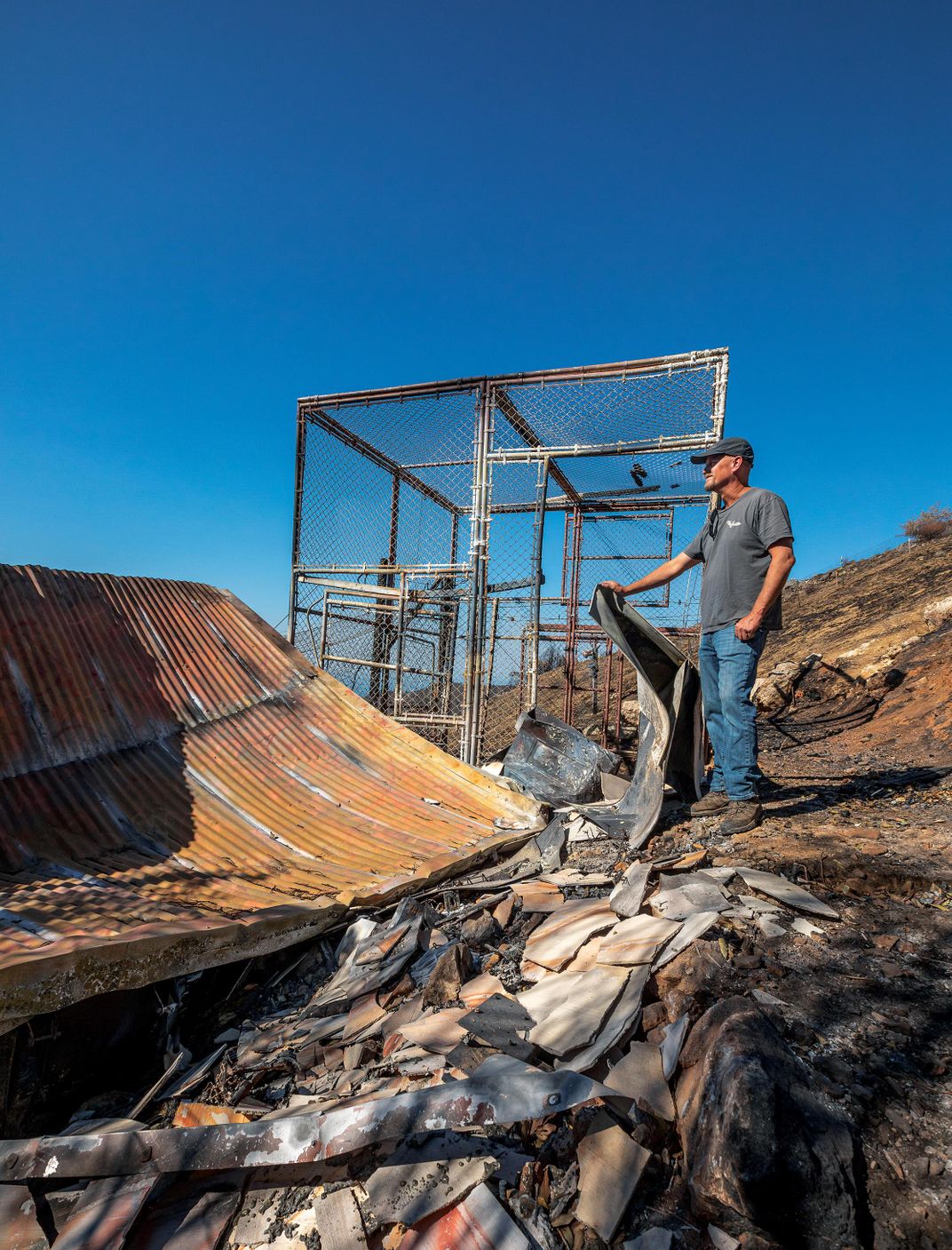
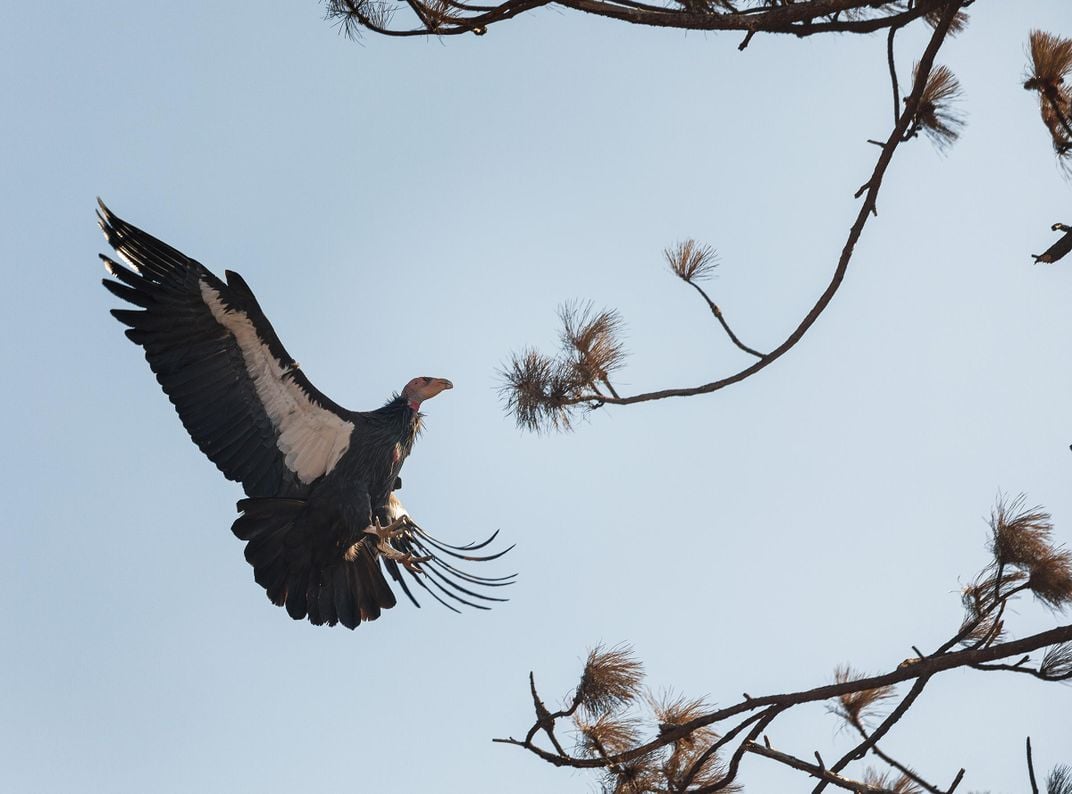
One thing that had long puzzled Burnett and his team was why, despite a 2008 law that prohibited hunters from using lead ammo within designated condor areas, the bird’s survival rate hadn’t changed. Six years ago, a condor autopsy revealed hundreds of fragments from a .22 caliber lead bullet. “I thought, ‘That’s funny: You don’t use a bullet that tiny on a deer,’” he says. “Suddenly, the light bulb went on in my head and I blurted out, ‘Ground squirrels!’” Ranchers who shoot squirrels, viewing them as a nuisance, often don’t bother disposing of their leaded carcasses. To a condor, a dead squirrel is a meal. Mystery solved, Ventana added small-bore copper cartridges to its giveaways.
* * *
In late afternoon, Marble Peak is grayer and bleaker and colder. Night drifts down the mountain like a memory of bad dreams. The pine and oaks surrounding what was once a research building were scorched so severely that in many places only skeleton trees are left, devoid of leaves.
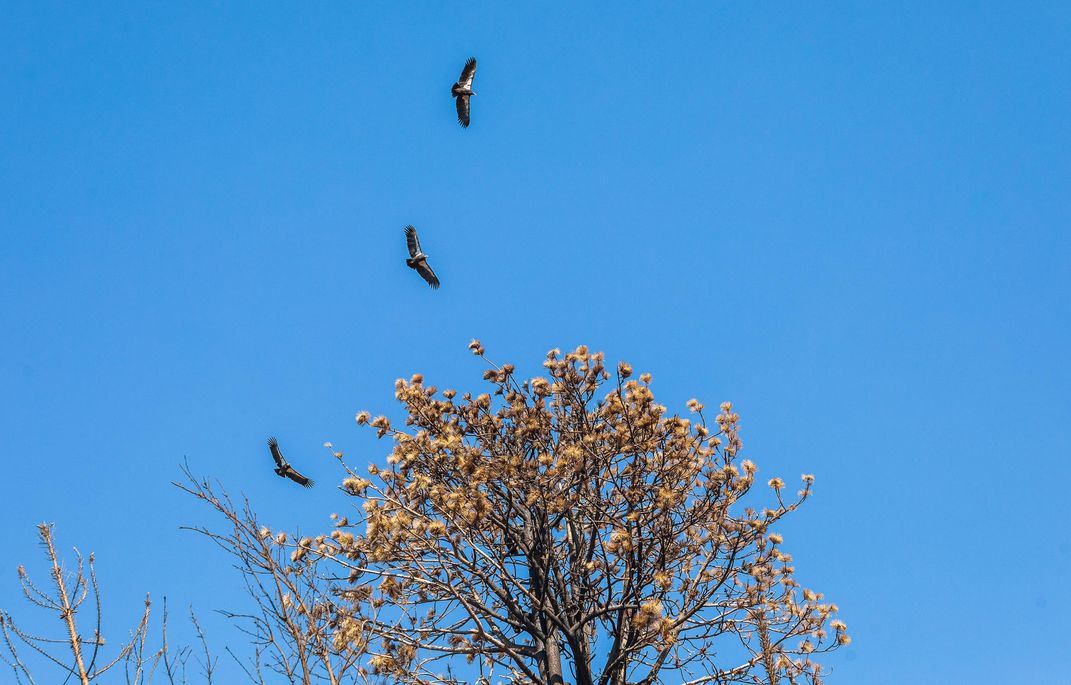
Burnett pulls his baseball cap tightly over his shaved head and mulls the fate of Iniko, a young condor whose name means “born in troubled times” in Nigerian. The daughter of two of Ventana’s oldest birds, Kingpin and Redwood Queen, Iniko lived in a nest about a mile from the research facility. There, in a hollow cavity halfway up a 200-foot redwood, a webcam monitored her life from hatchling to nestling, a drama streamed to viewers all over the world.
On the evening that the wildfire roared through the sanctuary, the nest camera chronicled the encroaching blaze. “You could hear the crackle of the fire and the howl of the wind and then the live remote went dead,” Burnett says. It would be two weeks before a field crew ventured into the blackened canyon and found the giant redwood. Flames had engulfed the trunk and come within ten feet of the nest. Happily, 4-month-old Iniko was still alive in the snag. Redwood Queen was alive, too, and caring for her. But Kingpin, the dominant bird in Ventana’s flock, had perished. He was 24, and pretty much his entire life had been shepherded by Burnett.
Last October, Ninja, a 6-year-old male, moved into Kingpin’s abandoned turf and attacked Iniko in the nest. A new nest cam recorded Redwood Queen fiercely protecting her daughter, pecking back Ninja and muscling him out of the cavity. During the struggle, Iniko was muscled out, too, and flopped to the ground. After watching the video feed, Burnett hiked to the redwood and gathered her up. Though Iniko had survived her premature fledge, the fall had added injury—a broken leg—to insult. She was taken to the Los Angeles Zoo, where she convalesced and hung with other juveniles. Next fall, when Iniko is 18 months old, she’ll be brought back to Big Sur and reunited with Mom.
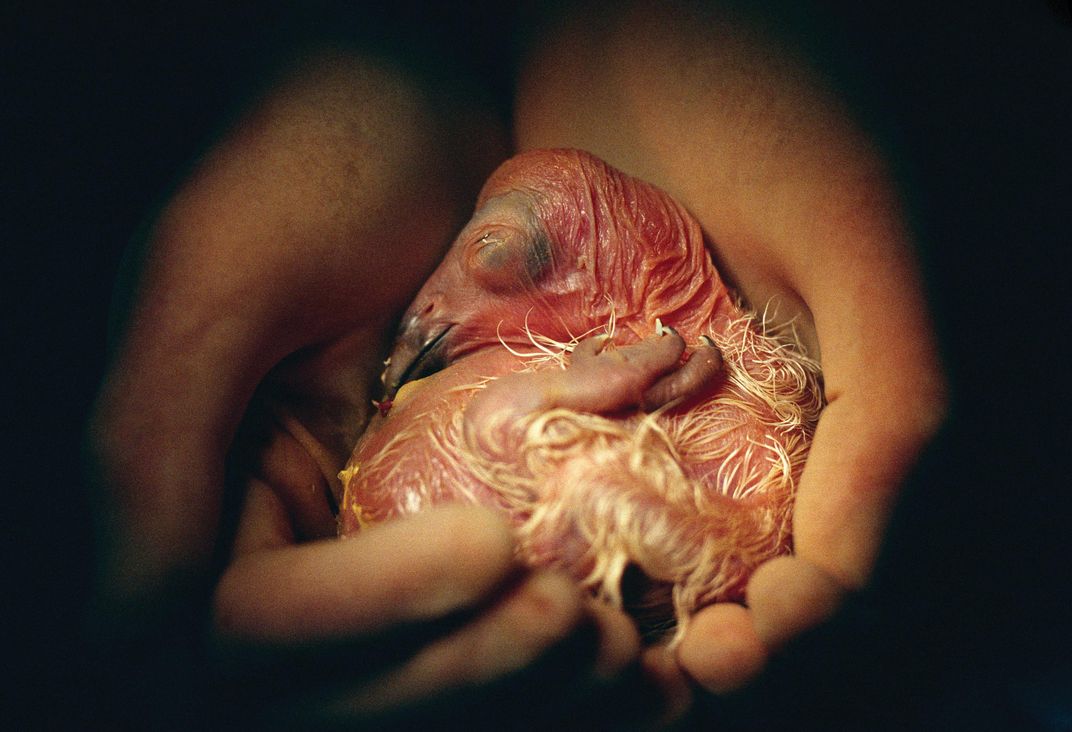
Fortunately, condors don’t mate for life. To Burnett’s great delight, Redwood Queen found a new beau and, in March, laid another egg. Her avian inamorato turned out to be a survivor of the massive Basin Complex Fire in 2008. Burnett had found him in a cavity of another redwood, sunk three inches deep in a pile of ashes. “He was just a chick, and he literally rose from the ashes,” Burnett recalls. “At Ventana, we call him Phoenix.”
Thanks to a fundraising drive that raised more than $600,000, Ventana is rebuilding the primitive research station. Burnett hopes to have the facility up and running by early 2022. Despite the wildfire and other unnatural disasters, he’s upbeat about the condors’ chances. “If we can stabilize the population, we’re talking about someday down-listing the birds from endangered to threatened,” he says. “The ultimate goal is to delist them completely, like the bald eagle in 2007.”
In the race to save the condor, the long game has few shortcuts.
/https://tf-cmsv2-smithsonianmag-media.s3.amazonaws.com/filer/7f/02/7f02cbcf-8c76-40b6-8bc0-db5187413286/mobile_white.jpg)
/https://tf-cmsv2-smithsonianmag-media.s3.amazonaws.com/filer/b6/db/b6db3020-d704-4411-bf66-04b8223d652b/opener.jpg)